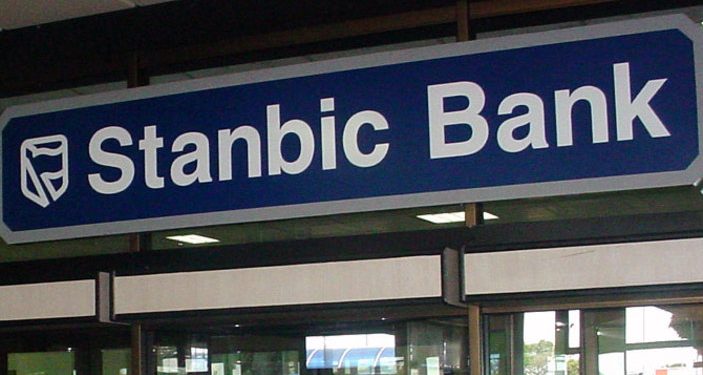According to Sterling Capital Limited Kenya Banks half year 2018 earnings review, Stanbic Bank Limited recorded the best performance among the banks in focus with a profit after growth tax of 105.9 per cent to Sh3.5 billion. The growth was propelled by 32.5 per cent increase in non-funded income and 15.8 per cent growth in interest income.
NIC Bank came last in profit after tax growth by recording a drop of 2.1 per cent to Sh2 billion attributed to 30 per cent surge in interest expense.
The review also notes that economic performance in the second half of 2018 improved thanks to a stable political environment and better weather conditions. Sterling expects the economy to grow at 6.2 per cent in 2018 thanks to the growth of agriculture, tourism, and manufacturing sectors.
Government spending will also boost growth with both consumption and investment spending improving over the previous year.
“We expect industry asset quality to remain near current levels of non-performing loan ratio of 12 per cent,” Sterling Capital predicts.
Macroeconomic Factors
Month on month inflation in the period was 4.28 per cent by the end of June which was within the central bank’s range of five per cent.
“We expect increased inflationary pressure in HY2 2018 as a result of rising prices of Food and Non-Alcoholic Beverages and Housing, Water, Electricity, Gas and other Fuels as new tax measures take effect. HY2 inflation should, however, remain near the medium-term target and below the upper bound target of 7.5 per cent,” analysts at Sterling Capital forecast.
According to the review, the Kenyan Shilling remained stable during this period while foreign reserves reached an all-time high of $9.4 billion in March. The shilling is expected to remain stable in the second half trading between $101 and $102 against the US dollar.
Interest rates in the first half of 2018 remained relatively flat while the CBK slashed the CBR to 9.5 per cent. As a result, the rate cut and the interest rate caps led to a drop in domestic debt interest rates.
Sterling Capital analysts believe the rate capping law will be reviewed in the second half of this year, “allowing banks to increase interest margins.”
The banks under review such as Stanbic, Equity, KCB, NIC, and Co-op recorded a modest growth in operating costs while they recorded an increase in non-funded income.
Going Forward
The review indicates that the Financial Markets Conduct Bill will be one of the regulatory influences on the banking sector in HY2.
“In HY2 we expect several of the proposals contained in the Finance Bill 2018 to come into effect. These relate to taxes and duties as well as other proposals such as the banking sector charter, financial markets conduct authority and the national housing fund,” the analysts observe.




